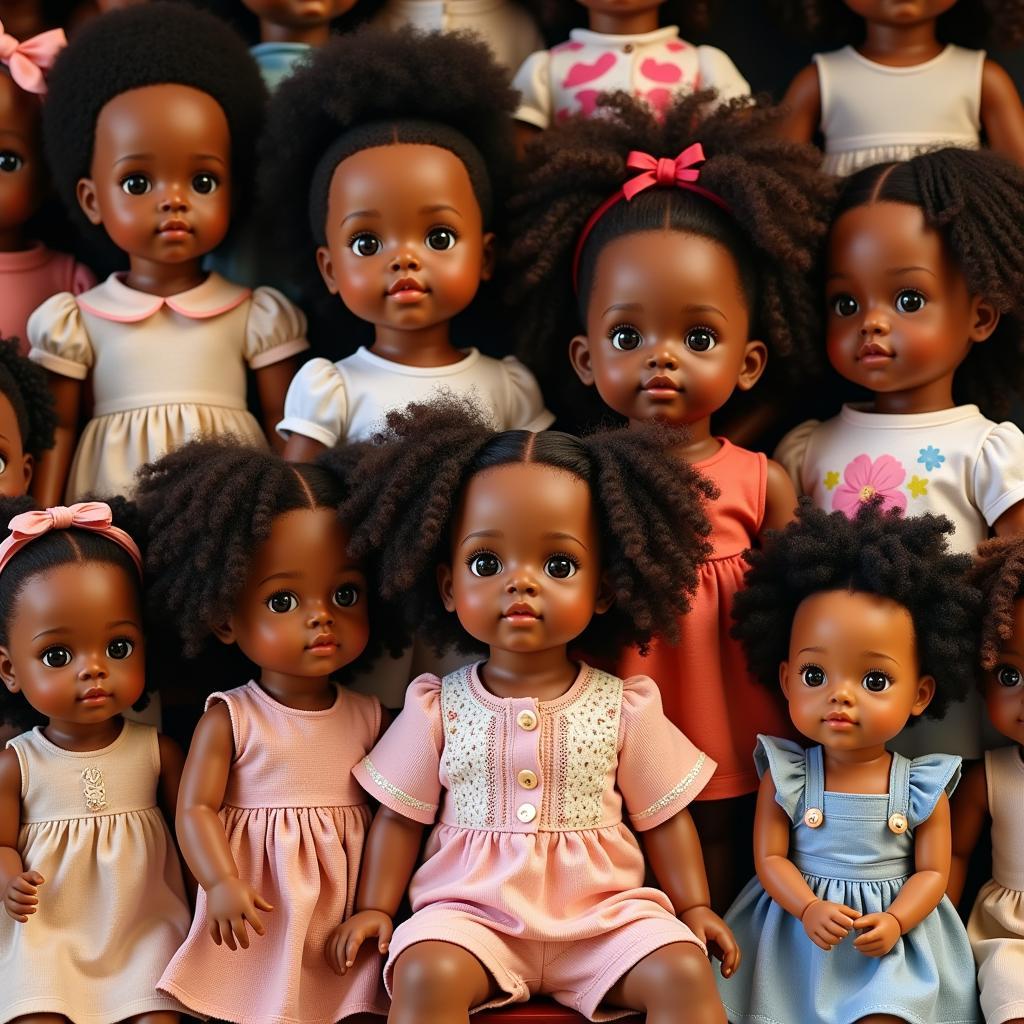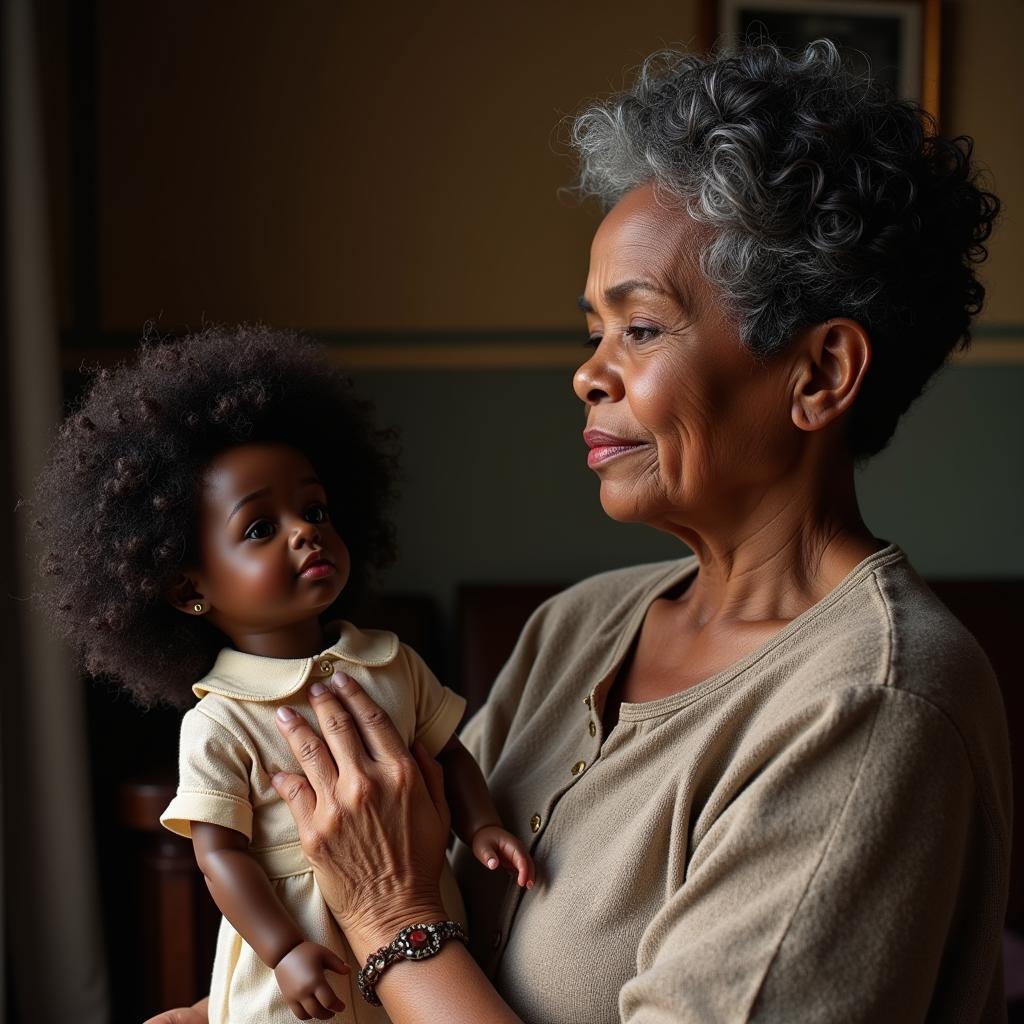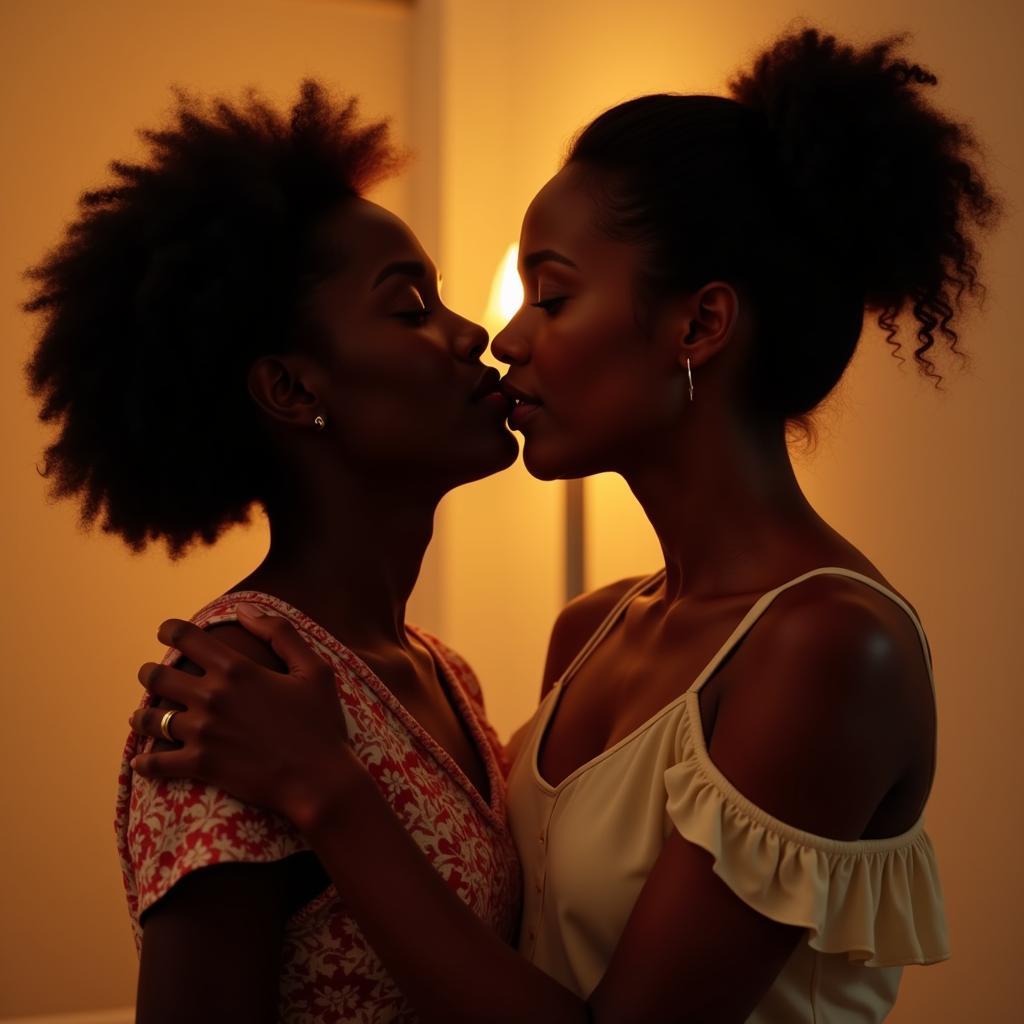African American Vinyl Baby Dolls: A Journey Through History and Culture
African American Vinyl Baby Dolls emerged in the mid-20th century, marking a significant shift in the representation of Black children in the toy industry. Prior to this era, Black dolls were often absent from toy shelves, and when they did appear, they were often caricatured representations with exaggerated features. The arrival of vinyl dolls, with their ability to be molded in various skin tones and hair textures, opened up new possibilities for representation.
The Significance of Representation: Why Black Dolls Matter
For Black children, the ability to play with dolls that reflected their own image was, and continues to be, deeply meaningful. Dolls are not merely playthings; they are tools for self-discovery and imagination. When children see themselves reflected in their toys, it fosters a sense of belonging, self-worth, and positive self-image.
The lack of representation in the toy industry prior to this period had a profound impact. Black children were often left feeling unseen and undervalued, their identities marginalized in a world that primarily celebrated whiteness. The introduction of African American vinyl baby dolls challenged these norms, offering Black children a tangible affirmation of their beauty and worth.
From Mass Production to Artisanal Creations: A Look at Variety and Styles
The initial wave of African American vinyl baby dolls was largely driven by mass production. Companies like Mattel and Ideal Toy Company recognized the burgeoning market for Black dolls and began producing dolls with darker skin tones. However, these early dolls often lacked the nuanced details and variations in features that truly reflected the diversity of Black beauty.
 A Diverse Array of African American Vinyl Baby Dolls
A Diverse Array of African American Vinyl Baby Dolls
Over time, a growing number of Black artisans and doll makers emerged, bringing their unique perspectives and craftsmanship to the forefront. These artisans poured their hearts into creating dolls with authentic features, intricately styled hair, and a wide range of skin tones that celebrated the spectrum of Black beauty.
Beyond Playthings: The Cultural Impact and Collectibility of Black Dolls
African American vinyl baby dolls have transcended their status as mere playthings to become cherished collectibles and cultural artifacts. They serve as a tangible link to the past, reflecting the evolving aesthetics and social changes within Black communities. Many of these dolls are now considered family heirlooms, passed down through generations with stories and memories woven into their fabric.
 A Cherished Heirloom: African American Woman with Vintage Vinyl Doll
A Cherished Heirloom: African American Woman with Vintage Vinyl Doll
The collectibility of these dolls has also sparked a renewed interest in their history and cultural significance. Collectors and historians alike are delving into the stories behind these dolls, uncovering the social and artistic influences that shaped their creation. This ongoing exploration underscores the enduring impact of African American vinyl baby dolls, not just as toys, but as powerful symbols of representation, resilience, and cultural pride.
In conclusion, the emergence of African American vinyl baby dolls marked a pivotal moment in toy history. They offered Black children much-needed representation and helped to reshape perceptions of Black beauty. These dolls continue to hold immense cultural value, serving as cherished collectibles, family heirlooms, and powerful reminders of the importance of diversity and inclusion.

